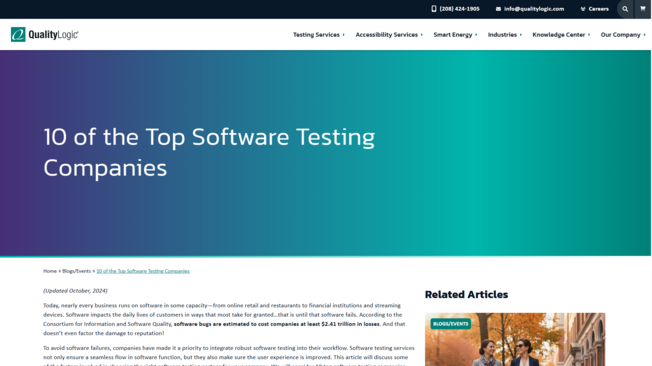
Back in 2012, Marc Pinto, Australian tattoo artist and art collector, was facing similar challenges. However, by using these three key strategies, Marc took less than two years to restructure his businesses, double his income and establish himself as the world’s leading art collector for tribal art:
1. Identify Your Identity
When Marc first came to the Fast Forward Summit, one of the most popular entrepreneur events in the world, he wasn’t clear about his identity and the way he was communicating it to the world. Meeting Roger James Hamilton, a social entrepreneur and futurist, helped Marc to see what he could do to change that.
Roger told Marc: “It’s all about knowing who you are and aligning it with the market, so the market knows who you are too. Creating a personal brand around your identity is what creates attraction and connection to you and your product.”
Marc decided to start branding and sharing his passions for tribal art, individuality and quality, and this was what distinguished him and his studio:
“At the time, I had a website for my Tribal Art gallery, a website for Primitive, my tattoo business, and a website for Luxury Primitive Jewellery. I then created a fourth one - my personal site, marcpinto.com - and relocated my three brands under this one umbrella. By posting jewellery, tribal art and tattoos along the way, I created a good following and established multiple brands. The impact of what is portrayed on social media can be phenomenal if you play it right. It certainly helped me build my brand locally a lot faster. And I actually built Primitive Tattoo locally by building Tribal Art internationally.”
Another important shift came after a conversation with Roger James Hamilton when, instead of positioning himself as an art dealer in his gallery business, Marc decided to position himself as an art collector and the world’s go-to-person for tribal art.
“It meant I was no longer trying to sell. I was befriending people and collecting art and, as a result, that propelled me to different deals of bigger proportions. I established trust among other collectors and it got me a lot further a lot faster: I got on to the auction circuit and connected with more influential collectors. So I went from being a person dealing to dealers, to a person sought after personally by high-end collectors.”
2. Stop Charging By the Hour
When Marc joined Roger’s Crystal Circle, a high-level mentoring group for #entrepreneurs, the first advice he received was to stop charging for his time as a tattoo artist. His time didn’t have to determine value. But, in order to shift from this model of thinking, he also had to improve the service itself:
“I thought that if I could find a way to work faster but be lighter on the actual approach to tattooing, not only would the client have less time in the chair but he would also get a better result.”
So, by adding “more value with less discomfort in the chair” and ensuring that the customer received a one-of-a-kind piece of art on his skin, Marc was able to move from charging $180 per hour to charging $1700 per tattoo.
This change of strategy helped Marc cut his tattoo hours by half and grow his portfolio much faster. He then made sure that he would only take on “big jobs” - tattoos that required a lot of skill, talent, detail and care to produce. This further established his reputation and attracted even more customers.
3. Shine the Light on Others
Having moved away from “time for money” thinking, the next step for Marc was to build an empowered team:
Roger told Marc: “One of the biggest challenges you have - which is a challenge for a lot of people - is that you are the one who is indispensable for the business. There is one important step to take here and that is to limit the amount of time you are available yourself and give everyone in the team your expertise and pathways so that they can have value in your company.”
Marc set about building a team that he could trust and which could represent his brand. By creating a supportive company culture, which encouraged his staff to follow their passions, create their own style, and feel empowered in their roles, Marc was able to increase the value of each team member:
"I think the thing that changed the most was, as Roger puts it, shining the light on others. I found that by creating a company culture that was totally different, it was more engaging. Also by giving trust instead of letting them earn trust, I gained trust as well."
Marc’s hugely popular tattoo studio now represents 10 artists and his gallery, which specialises in high-end pieces, is about to hit six figures. He explains that while it’s slow, it’s highly profitable due to the quality and high markup of the pieces. Marc also contributes funding and his time to Project Child, which supports 10 micro-entrepreneurs in their training, and is developing a project in Borneo, where he seeks to return the land that is being infiltrated by oil plantations back to the local community.
"The privilege of a lifetime is being who you are." - Joseph Campbell
What is the focus of your personal website - does it convey your passions or purpose?
Do you have a team that feels empowered and that people see as an extension of your skill?
How might you reconfigure your pricing to better reflect the value of your brand?

















Leave a Reply